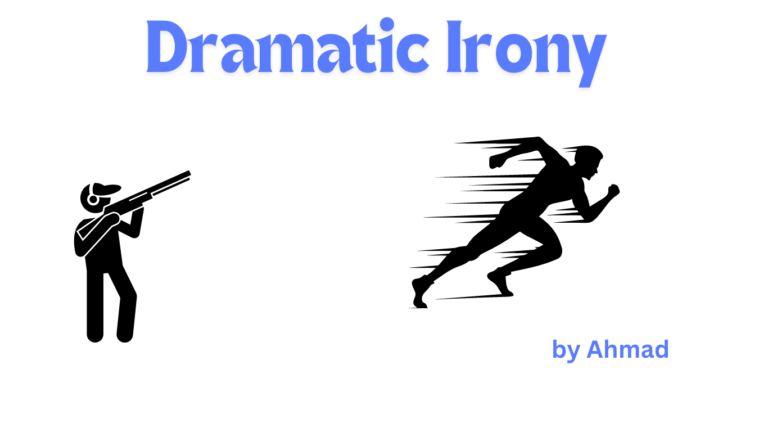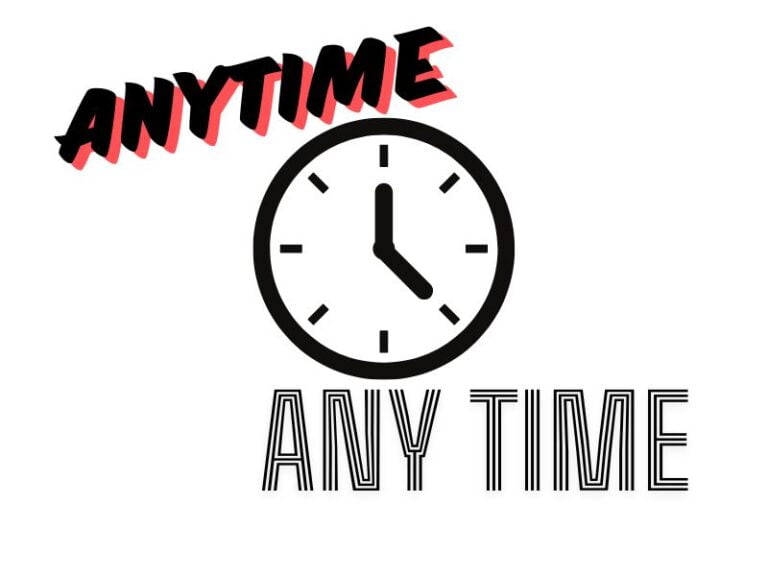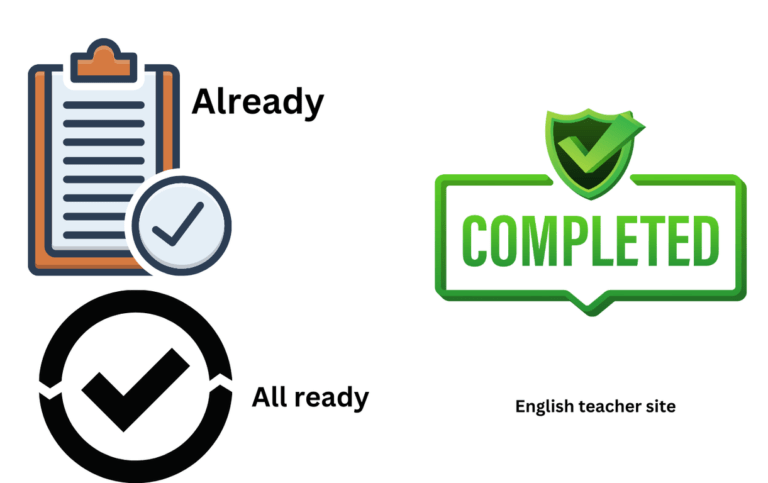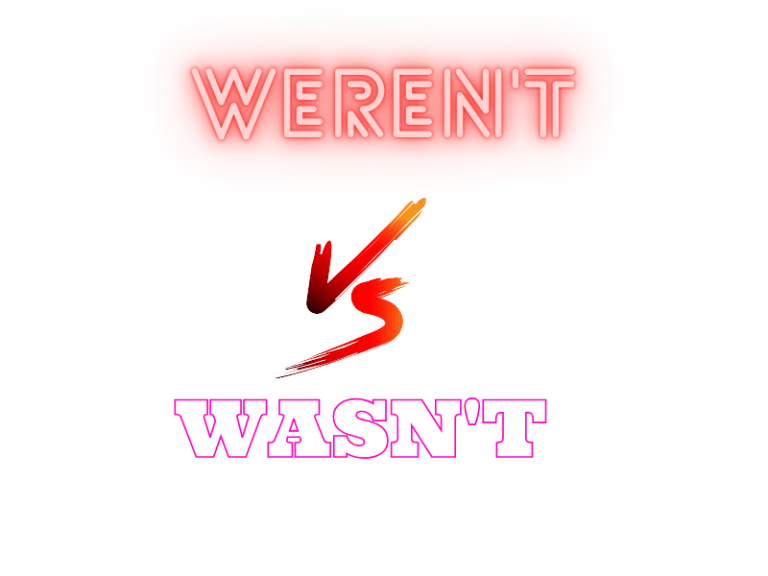Allusion vs Illusion: Understanding the Definitions with Examples and Key Questions
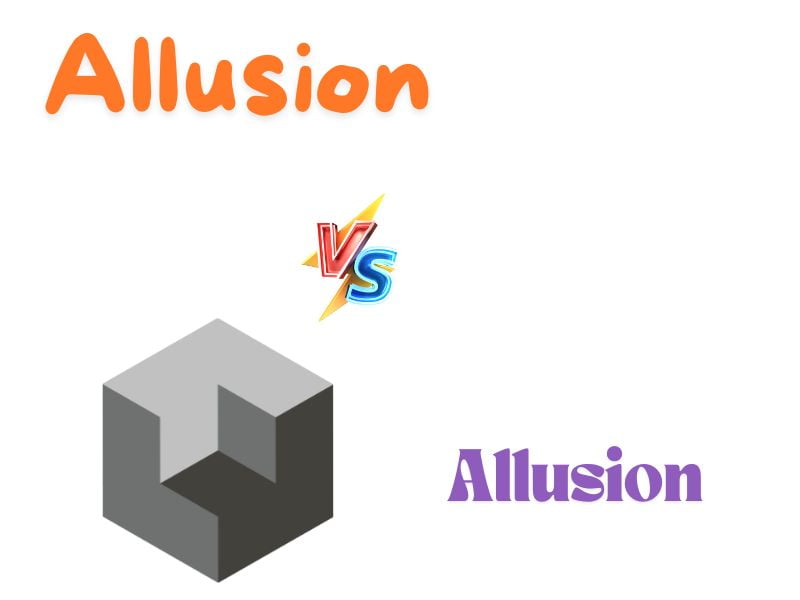
Understanding the distinction between “allusion” and “illusion” is crucial for clear communication, especially in the realms of literature and writing.
An allusion is an indirect reference to a person, event, thing, or part of another text, often used to enrich a text by bringing to mind the associations and implications that come with the referenced item.
In contrast, an illusion is something that deceives the mind or senses by creating a false impression of reality. It can be a visual trickery, like a mirage, or a mistaken belief held by an individual or group. Illusions can also be literary devices, manipulating the audience’s perceptions for dramatic or thematic effect.
These words can entirely change the meaning of a sentence, making it crucial for readers and writers to recognize their proper use.
Understanding Allusion
In literary contexts, an allusion is a strategic reference to another work, figure, or event to enrich the reading experience. It requires the reader’s familiarity with what is mentioned to appreciate the depth it adds to the text.
Definition of Allusion
Allusion refers to the act of making an indirect reference to a cultural, historical, or literary figure, event, or work. It is a device authors use to connect a reader’s knowledge or feelings about one thing to another, without explicitly stating it. For instance:
| Allusion in Literature | Explanation |
|---|---|
| “He was a real Romeo with the ladies.” | Refers to the romantic figure from Shakespeare’s “Romeo and Juliet.” |
| “She had a Cinderella transformation for the ball.” | Refers to the change in fortune like in the fairy tale “Cinderella.” |
These examples serve to convey additional meaning through the reader’s prior knowledge.
Types of Allusion
Allusions can vary widely in their form and function. Here are two common types:
Literary Allusion: Involves referencing another piece of literature within a text. This may include novels, plays, poems or any other form of literary art. For example:
- “The couple’s love was like something out of a Jane Austen novel.”
Historical Allusion: Includes references to historical events or figures. It helps the reader draw parallels between the narrative and real-world history. For example:
- “Her strategic prowess in negotiations was likened to that of Napoleon.”
By employing allusion, writers can create layers of meaning and foster connections that resonate with the audience on multiple levels. They are particularly effective in conjuring imagery or invoking emotions, simply by mentioning names or events that carry a universe of connotations.
Understanding Illusion
Illusions are a fascinating part of human perception, where our senses are fooled into interpreting something in a way that doesn’t match reality. This section delves into what an illusion is, the different types that exist, and focuses specifically on optical illusions, a prevalent form of sensory misdirection.
Definition of Illusion
An illusion is a distortion of the senses. The brain constructs a perception that evidently contradicts the physical measurement of the stimulus source. Common illusions may include auditory, tactile, and especially visual ones, where light and imagery deceive the eyes and brain:
- Visual: Misperception of a visual stimulus
- Auditory: Hearing sounds that are not present
- Tactile: Feeling sensations with no physical cause
Types of Illusion
Illusions come in various forms, each altering human perception in unique ways:
- Physical Illusions: Natural phenomena, like the will-o’-the-wisp, can create visual illusions.
- Physiological Illusions: These occur due to the effects of excessive stimulation of a specific type – for example, brightness, tilt, or color.
- Cognitive Illusions: These are the result of unconscious inferences and can be subdivided into:
- Ambiguous illusions: Images with multiple interpretations
- Distorting illusions: Images with distorting effects on perceived shape
- Paradox illusions: Images that are paradoxical or impossible in reality
- Fictional illusions: Perception of objects that are not there
Optical Illusions
Optical illusions specifically trick the eye and brain into seeing something that does not match the physical measurement of the image. Here is a brief categorization:
- Literal optical illusions: Create images different from the objects that make them.
- Physiological optical illusions: Effects caused by excessive stimulation of brightness, color, size, position, or movement.
- Cognitive optical illusions: The way our brains understand and interpret information can lead to misinterpretations.
Examples of Optical Illusions:
- Motion Illusions: Objects appear to be moving due to underlying patterns.
- Color and Brightness Illusions: Colors can appear different depending on the surrounding colors.
- Geometric Illusions: Lines can appear twisted or bent because of the context within which they are presented.
Comparing and Contrasting
In the study of language, understanding the nuances between terms that sound similar is essential. This section identifies the distinct characteristics of ‘allusion’ and ‘illusion’, discussing both their linguistic differences and the contexts in which they are used.
Allusion vs Illusion
Allusion and illusion are frequently confused due to their similar pronunciation, yet they have entirely different meanings and uses:
Allusion:
- A reference to another work, person, event, or piece of literature, usually indirect or brief.
- Examples: A writer might make an allusion to Shakespeare, or an artist might allude to a famous painting.
Illusion:
- A false perception or a deceptive appearance believed to be real.
- Examples: A mirage in a desert is an optical illusion, and a magician may create the illusion of sawing someone in half.
Table 1: Usage Comparison
| Term | Type | Usage Example |
|---|---|---|
| Allusion | Literary | He alluded to his friend’s previous work in his novel. |
| Illusion | Perception | The lines seem to appear curved due to an optical illusion. |
Linguistic Differences
The linguistic differences between ‘allusion’ and ‘illusion’ stem from their roots and their grammatical use:
- Etymology:
- Allusion comes from the Latin ‘allūsiō’, meaning ‘a play on words’ or ‘jest’.
- Illusion derives from the Latin ‘illūsiō’, which translates to ‘a mocking, jesting, or deceiving’.
Allusion is predominantly used as a noun in literary contexts, while illusion also operates as a noun but in relation to senses and perceptions.
Table 2: Linguistic Differences
| Term | Part of Speech | Related Literary Device |
|---|---|---|
| Allusion | Noun | Intertextuality, Metaphor |
| Illusion | Noun | Imagery, Sensory details |
By examining their usage and linguistic roots, one can discriminate between ‘allusion’ and ‘illusion’, both of which enrich language with their specificity and depth.
Examples of Allusion and Illusion
An allusion is a figure of speech that references a person, place, thing, or event. These references can be direct or indirect, but they require the reader or listener to have a certain level of knowledge to understand the implication fully.
An illusion, on the other hand, is a false perception of reality. Illusions manipulate the human senses to create the impression that something is different from how it actually is. “The Mirage Hotel” in Las Vegas, with its artificial volcano and palm trees, creates an optical illusion of a tropical oasis in the middle of the desert.
| Allusion | Example |
|---|---|
| Historical | “She met her Waterloo.” (Defeat) |
| Literary | “That was a Catch-22 situation.” (No win situation) |
| Cultural | “He has the Midas touch.” (Turns everything to success) |
| Biblical | “The prodigal son returns.” (A wayward figure returning home) |
| Illusion | Example |
|---|---|
| Visual | Mirages are illusions caused by atmospheric conditions. |
| Auditory | The sound of ocean waves in a seashell is an auditory illusion. |
| Tactile | The ‘phantom limb’ effect experienced by amputees. |
| Temporal | The perception that a watched pot never boils. |
Bullets are used for clarifying the distinction further:
Allusions:
- Typically employed in literature, speeches, and everyday language.
- Create depth in text by referencing common knowledge.
Illusions:
- Often associated with magic tricks or natural phenomena.
- Lead the mind to perceive something that isn’t present in reality.
Understanding these concepts is essential for interpreting literature and art, as well as for navigating the world, where perceptions can be deceiving.
My name is Khamis Maiouf. I am the creator of the English Teacher Site, dedicated to providing valuable resources and insights for students around the world. With a passion for education and a commitment to helping students enhance their skills, I aim to make English teaching more effective and enjoyable for both educators and students.

